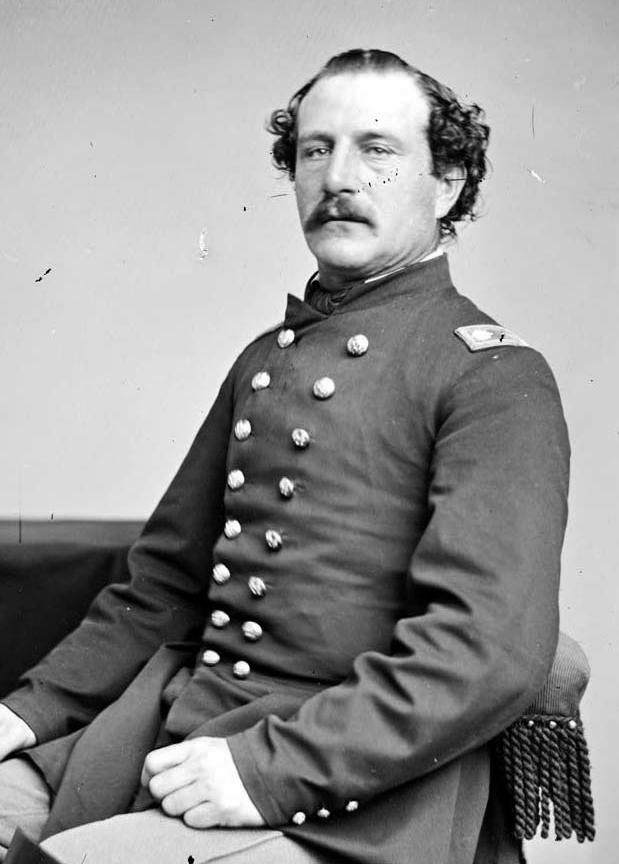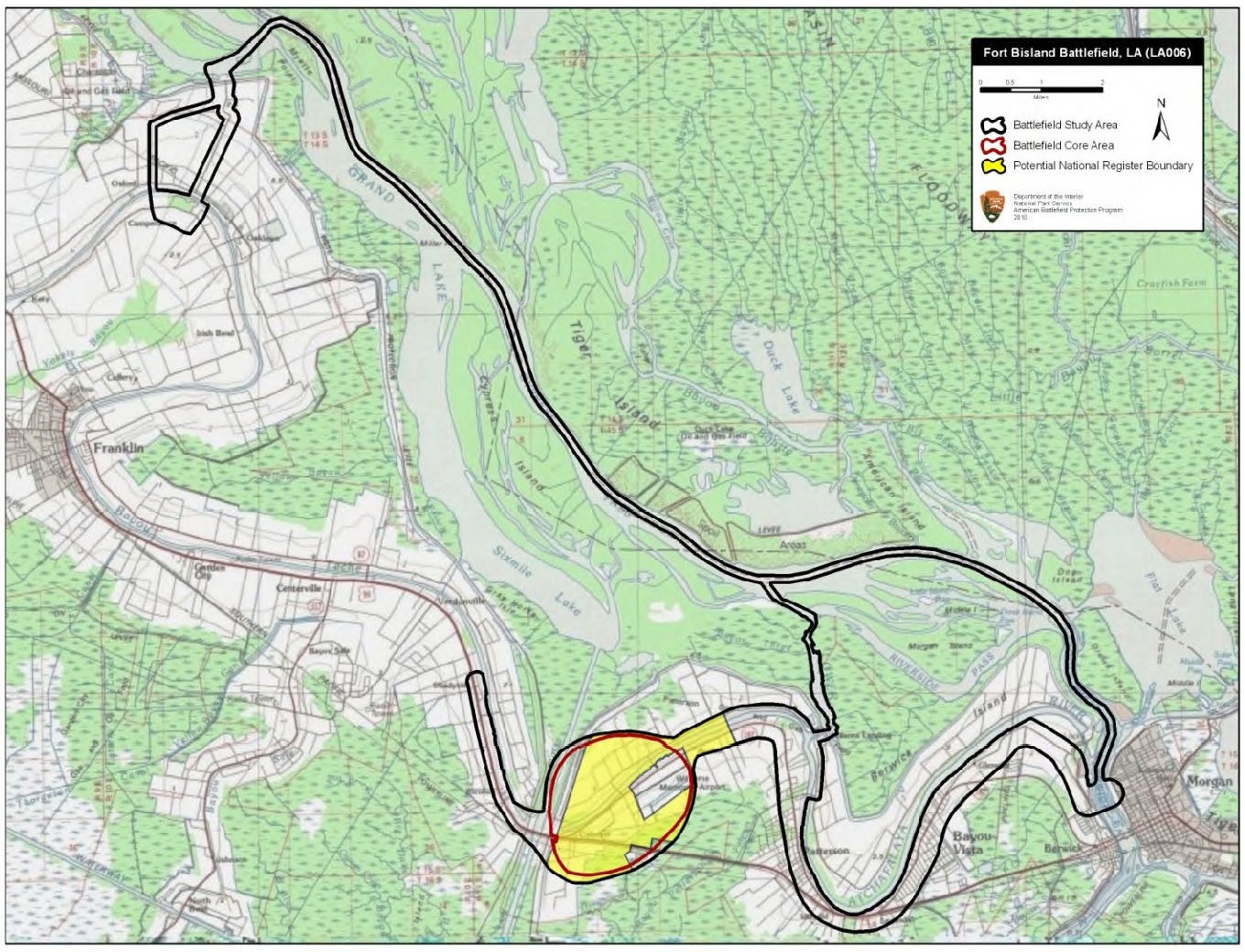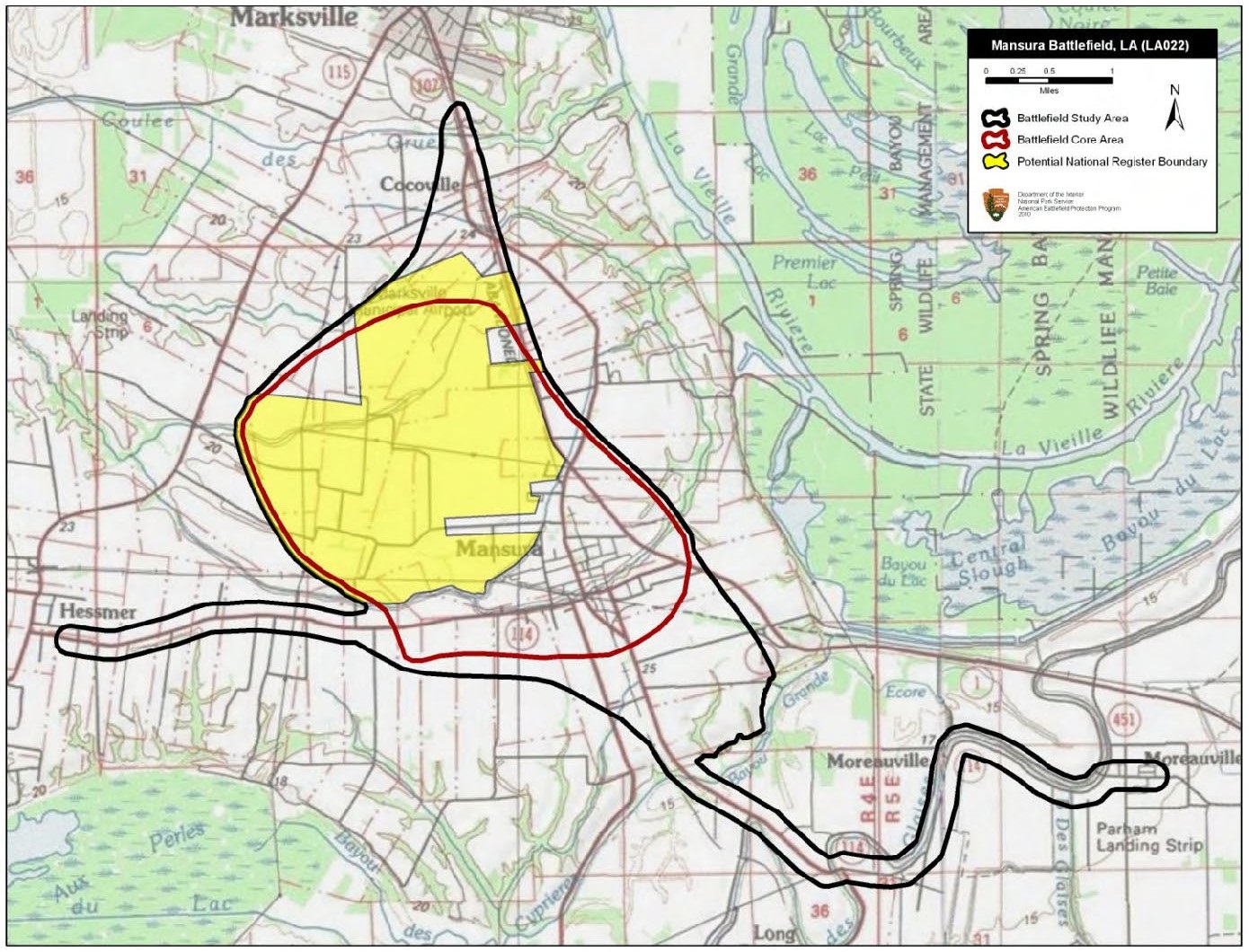|
Anthony J. Allaire
Anthony J. Allaire (February 17, 1829 – August 9, 1903) was an American firefighter, drillmaster, and military and law enforcement officer. A longtime police inspector for the New York City Police Department, he was responsible for the breakup of numerous street gangs, most notably the Slaughter House Gang and the Dutch Mob, as well as the capture of murderer Daniel McFarland in 1869. Biography Early life and the NYPD Anthony Allaire was born in Cincinnati, Ohio, on February 17, 1829. Allaire came from a prominent military family; his maternal grandfather served in the French and Indian and American Revolutionary Wars while his father was a veteran of the War of 1812 and the Mexican-American War. His uncle, Colonel John Lamb, had been wounded while fighting alongside General Richard Montgomery at the Battle of Quebec. Allaire was brought to New York City at an early age and, around 1848, he became a drillmaster for one of the many target companies existing in the city at the ... [...More Info...] [...Related Items...] OR: [Wikipedia] [Google] [Baidu] |
Cincinnati, Ohio
Cincinnati ( ) is a city in the U.S. state of Ohio and the county seat of Hamilton County. Settled in 1788, the city is located at the northern side of the confluence of the Licking and Ohio rivers, the latter of which marks the state line with Kentucky. The city is the economic and cultural hub of the Cincinnati metropolitan area. With an estimated population of 2,256,884, it is Ohio's largest metropolitan area and the nation's 30th-largest, and with a city population of 309,317, Cincinnati is the third-largest city in Ohio and 64th in the United States. Throughout much of the 19th century, it was among the top 10 U.S. cities by population, surpassed only by New Orleans and the older, established settlements of the United States eastern seaboard, as well as being the sixth-most populous city from 1840 until 1860. As a rivertown crossroads at the junction of the North, South, East, and West, Cincinnati developed with fewer immigrants and less influence from Europe than Ea ... [...More Info...] [...Related Items...] OR: [Wikipedia] [Google] [Baidu] |
Blacksmith
A blacksmith is a metalsmith who creates objects primarily from wrought iron or steel, but sometimes from #Other metals, other metals, by forging the metal, using tools to hammer, bend, and cut (cf. tinsmith). Blacksmiths produce objects such as gates, grilles, railings, light fixtures, furniture, sculpture, tools, agricultural implements, decorative and religious items, cooking utensils, and weapons. There was an historical distinction between the heavy work of the blacksmith and the more delicate operation of a whitesmith, who usually worked in Goldsmith, gold, Silversmith, silver, pewter, or the finishing steps of fine steel. The place where a blacksmith works is called variously a smithy, a forge or a blacksmith's shop. While there are many people who work with metal such as farriers, wheelwrights, and Armourer, armorers, in former times the blacksmith had a general knowledge of how to make and repair many things, from the most complex of weapons and armor to simple things ... [...More Info...] [...Related Items...] OR: [Wikipedia] [Google] [Baidu] |
Battle Of Fort Bisland
The Battle of Fort Bisland was fought in the American Civil War between Union Major General Nathaniel P. Banks against Confederate Major General Richard Taylor during Banks' operations against the Bayou Teche region in southern Louisiana. Prelude When Banks was made commander of the XIX Army Corps, Department of the Gulf, on December 16, 1862, he was ordered to coordinate an attack against the Confederate bastion of Port Hudson while General Ulysses S. Grant moved against Vicksburg. Banks made preparations for this campaign, but he knew the difficulties he would face on the march there. First, the area from New Orleans, was marshy, full of swamps, and disease would be rampant. There was also another obstacle in Bank's path — General Richard Taylor's small Army of Western Louisiana. Banks formulated a plan that would take the XIX Corps to Alexandria, securing the Bayou Teche region that was laden with natural forage and unused supplies. He would establish supply depots alo ... [...More Info...] [...Related Items...] OR: [Wikipedia] [Google] [Baidu] |
Battle Of Mansura
The Battle of Mansura was fought near Mansura, Louisiana, on May 16, 1864, during the Red River Campaign of the American Civil War. A Union force defeated elements of the Confederate States Army. Background As Maj. Gen. Nathaniel P. Banks's Red River Expeditionary Force (from the Department of the Gulf) retreated down the Red River, Confederate forces under Maj. Gen. Richard Taylor attempted to slow the Union troops’ movements and, if possible, deplete their numbers or, better yet, destroy them. The Union forces passed Fort DeRussy, reached Marksville, and then continued east. At Mansura, Taylor massed his forces in an open prairie that controlled access to the three roads traversing the area, where he hoped his artillery Artillery is a class of heavy military ranged weapons that launch munitions far beyond the range and power of infantry firearms. Early artillery development focused on the ability to breach defensive walls and fortifications during siege ... ... [...More Info...] [...Related Items...] OR: [Wikipedia] [Google] [Baidu] |
Battle Of Port Hudson
The siege of Port Hudson, Louisiana, (May 22 – July 9, 1863) was the final engagement in the Union (American Civil War), Union campaign to recapture the Mississippi River in the American Civil War. While Major General#United States, Union General Ulysses S. Grant, Ulysses Grant was Siege of Vicksburg, besieging Vicksburg upriver, General Nathaniel P. Banks, Nathaniel Banks was ordered to capture the lower Mississippi Confederate stronghold of Port Hudson, Louisiana, Port Hudson, in order to go to Grant's aid. When his assault failed, Banks settled into a 48-day siege, the longest in US military history up to that point. A second attack also failed, and it was only after the fall of Vicksburg that the Confederate commander, General Franklin Gardner surrendered the port. The Union gained control of the river and navigation from the Gulf of Mexico through the Deep South and to the river's upper reaches. Background Strategy and politics on the Mississippi From the time the Amer ... [...More Info...] [...Related Items...] OR: [Wikipedia] [Google] [Baidu] |
Lieutenant Colonel
Lieutenant colonel ( , ) is a rank of commissioned officers in the armies, most marine forces and some air forces of the world, above a major and below a colonel. Several police forces in the United States use the rank of lieutenant colonel. The rank of lieutenant colonel is often shortened to simply "colonel" in conversation and in unofficial correspondence. Sometimes, the term 'half-colonel' is used in casual conversation in the British Army. In the United States Air Force, the term 'light bird' or 'light bird colonel' (as opposed to a 'full bird colonel') is an acceptable casual reference to the rank but is never used directly towards the rank holder. A lieutenant colonel is typically in charge of a battalion or regiment in the army. The following articles deal with the rank of lieutenant colonel: * Lieutenant-colonel (Canada) * Lieutenant colonel (Eastern Europe) * Lieutenant colonel (Turkey) * Lieutenant colonel (Sri Lanka) * Lieutenant colonel (United Kingdom) * L ... [...More Info...] [...Related Items...] OR: [Wikipedia] [Google] [Baidu] |
Anthony J
Anthony or Antony is a masculine given name, derived from the ''Antonia (gens), Antonii'', a ''gens'' (Roman naming conventions, Roman family name) to which Mark Antony (''Marcus Antonius'') belonged. According to Plutarch, the Antonii gens were Heracleidae, being descendants of Anton, a son of Heracles. Anthony is an English language, English name that is in use in many countries. It has been among the top 100 most popular male baby names in the United States since the late 19th century and has been among the top 100 male baby names between 1998 and 2018 in many countries including Canada, Australia, England, Ireland and Scotland. Equivalents include ''Antonio'' in Italian, Spanish, Portuguese and Maltese; ''Αντώνιος'' in Greek; ''António'' or ''Antônio'' in Portuguese; ''Antoni'' in Catalan, Polish, and Slovene; ''Anton (given name), Anton'' in Dutch, Galician, German, Icelandic, Romanian, Russian, and Scandinavian languages; ''Antoine'' in French; ''Antal (given name ... [...More Info...] [...Related Items...] OR: [Wikipedia] [Google] [Baidu] |
133rd New York Volunteer Infantry
The 133rd New York Volunteer Infantry (aka "2nd Regiment Metropolitan Guard") was an infantry regiment in the Union Army during the American Civil War. Service The 133rd New York Infantry Regiment was organized at New York City, New York and mustered in for three-years service on September 24, 1862 under the command of Colonel Leonard D. H. Currie. The regiment was attached to Abercrombie's Division, Defenses of Washington, D.C., to November 1862. Grover's Brigade, Banks' New Orleans Expedition, to December 1862. Grover's Division, Department of the Gulf, to January 1863. 2nd Brigade, 3rd Division, XIX Corps, Department of the Gulf, to October 1863. Defenses of New Orleans, Louisiana, to April 1864. 1st Brigade, 2nd Division, XIX Corps, to June 1864. 3rd Brigade, 1st Division, XIX Corps, Department of the Gulf, to July 1864, and Army of the Shenandoah, Middle Military Division, to February 1865. 3rd Brigade, 1st Provisional Division, Army of the Shenandoah, to April 1865. 3rd B ... [...More Info...] [...Related Items...] OR: [Wikipedia] [Google] [Baidu] |
Union Army
During the American Civil War, the Union Army, also known as the Federal Army and the Northern Army, referring to the United States Army, was the land force that fought to preserve the Union (American Civil War), Union of the collective U.S. state, states. It proved essential to the preservation of the United States as a working, viable republic. The Union Army was made up of the permanent Regular Army (United States), regular army of the United States, but further fortified, augmented, and strengthened by the many temporary units of dedicated United States Volunteers, volunteers, as well as including those who were drafted in to service as Conscription in the United States, conscripts. To this end, the Union Army fought and ultimately triumphed over the efforts of the Confederate States Army in the American Civil War. Over the course of the war, 2,128,948 men enlisted in the Union Army, including 178,895 United States Colored Troops, colored troops; 25% of the white men who s ... [...More Info...] [...Related Items...] OR: [Wikipedia] [Google] [Baidu] |
Rikers Island
Rikers Island is a island in the East River between Queens and the Bronx that contains New York City's main jail complex. Named after Abraham Rycken, who took possession of the island in 1664, the island was originally under in size, but has since grown to more than . The first stages of expansion were accomplished largely by convict labor hauling in ashes for landfill. The island is politically part of the Bronx, although bridge access is from Queens. It is part of Queens Community Board 1 and uses an East Elmhurst, Queens, ZIP Code of 11370 for mail. The island is home to one of the world's largest correctional institutions and mental institutions, and has been described as New York's most well-known jail. The complex, operated by the New York City Department of Correction, has a budget of $860 million a year, a staff of 9,000 officers and 1,500 civilians managing 100,000 admissions per year and an average daily population of 10,000 inmates. The majority (85%) of deta ... [...More Info...] [...Related Items...] OR: [Wikipedia] [Google] [Baidu] |
New York City Police Commissioner
The New York City Police Commissioner is the head of the New York City Police Department and presiding member of the Board of Commissioners. The commissioner is appointed by and serves at the pleasure of the mayor. The commissioner is responsible for the day-to-day operations of the department as well as the appointment of deputies including the Chief of Department and subordinate officers. Commissioners are civilian administrators, and they and their subordinate deputies are civilians under an oath of office, not sworn members of the force. This is a separate position from the Chief of Department, who is the senior sworn uniformed member of the force. The First Deputy Commissioner is the Commissioner and department's second-in-command. The office of the Police Commissioner is located at the NYPD Headquarters, One Police Plaza. Both the commissioner and first deputy commissioner outrank all uniformed officers, including the chief of department. Theodore Roosevelt, in one of his ... [...More Info...] [...Related Items...] OR: [Wikipedia] [Google] [Baidu] |
American Civil War
The American Civil War (April 12, 1861 – May 26, 1865; also known by other names) was a civil war in the United States. It was fought between the Union ("the North") and the Confederacy ("the South"), the latter formed by states that had seceded. The central cause of the war was the dispute over whether slavery would be permitted to expand into the western territories, leading to more slave states, or be prevented from doing so, which was widely believed would place slavery on a course of ultimate extinction. Decades of political controversy over slavery were brought to a head by the victory in the 1860 U.S. presidential election of Abraham Lincoln, who opposed slavery's expansion into the west. An initial seven southern slave states responded to Lincoln's victory by seceding from the United States and, in 1861, forming the Confederacy. The Confederacy seized U.S. forts and other federal assets within their borders. Led by Confederate President Jefferson Davis, ... [...More Info...] [...Related Items...] OR: [Wikipedia] [Google] [Baidu] |






